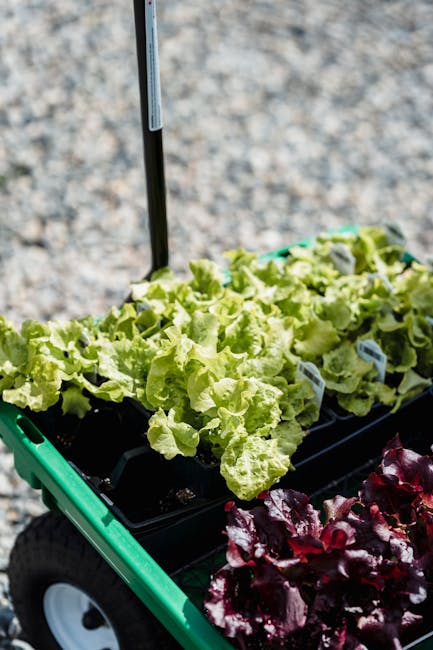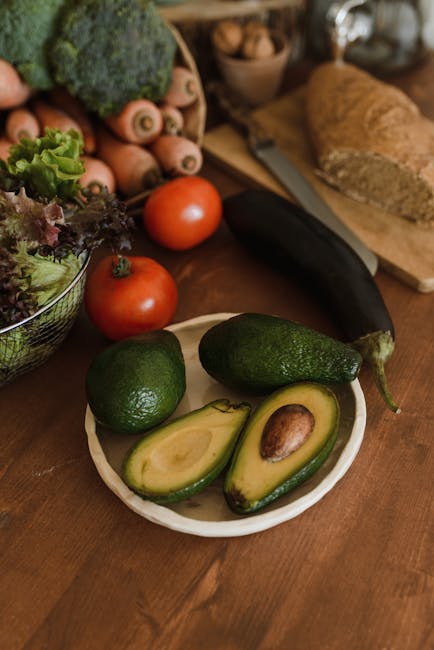Beanstalk Seeds: Grow a Magical Garden from Tiny Seeds
Beanstalk Seeds: Grow a Magical Garden from Tiny Seeds
The enchanting tale of Jack and the Beanstalk has captivated generations, igniting imaginations with the image of a giant beanstalk reaching towards the clouds. While we may not discover giants at the top of our own beanstalks, growing beans from seed offers a rewarding and accessible gardening experience, perfect for beginners and seasoned gardeners alike. This comprehensive guide will delve into everything you need to know about successfully cultivating bean plants from seed, from selecting the right variety to harvesting your bountiful crop.
Choosing the Right Beanstalk Seeds
The first step in growing a thriving bean garden is selecting the right seeds. Numerous bean varieties exist, each with unique characteristics influencing flavor, growth habit, and suitability for different climates. Let’s explore some popular choices:
Bush Beans:
- Compact Growth: Bush beans grow in compact, bushy plants, making them ideal for smaller gardens or containers. They require less space and support compared to pole beans.
- Early Maturity: Many bush bean varieties mature quickly, providing a faster harvest.
- Variety of Colors and Flavors: You’ll find bush beans in various colors, including green, yellow, and even purple, each offering a unique flavor profile.
- Examples: Contender, Blue Lake, Bush Blue Lake
Pole Beans:
- Vining Growth: Pole beans are climbing beans that require support, often grown on trellises or stakes. They can reach impressive heights, creating a visually stunning addition to your garden.
- High Yield: Pole beans tend to produce a higher yield per plant than bush beans.
- Longer Harvest Season: Their extended growing season provides a longer harvest period.
- Examples: Kentucky Wonder, Blue Lake Pole, Scarlet Runner
Other Bean Varieties:
- Lima Beans: Large, flat beans with a sweet, buttery flavor. They are often larger and take longer to mature.
- Snap Beans: These beans are harvested while young and tender, before the pods mature fully, and their snaps are eaten fresh. They are typically bush beans.
- Dry Beans: These beans are left to dry on the vine before harvesting, and they are then used in various dishes. Common examples include kidney beans, pinto beans, and black beans.
Consider your available space, climate, and personal preferences when selecting your bean seeds. Check seed packets for information on maturity dates, plant height, and specific growing requirements.

Sowing Bean Seeds: Preparing the Ground and Planting
Successful bean cultivation starts with proper soil preparation and planting techniques. Here’s a step-by-step guide:
Soil Preparation:
- Choose a Sunny Location: Beans thrive in full sun (at least 6-8 hours of direct sunlight daily).
- Well-Drained Soil: Beans prefer well-drained soil that’s neither too wet nor too dry. Amend heavy clay soil with compost or other organic matter to improve drainage.
- Soil pH: A slightly acidic to neutral soil pH (6.0-7.0) is ideal.
- Soil Enrichment: Incorporate compost or well-rotted manure into the soil before planting to enhance fertility and improve soil structure.
Planting:
- Seed Depth: Plant seeds 1-2 inches deep, depending on the seed size and soil type. Smaller seeds require less depth.
- Spacing: Follow the spacing recommendations on the seed packet. Bush beans typically need 6-12 inches between plants, while pole beans need more space, with 18-24 inches being common.
- Watering: Water the soil thoroughly after planting, keeping the soil consistently moist but not waterlogged.
- Row Planting: Plant beans in rows for easier weeding, harvesting, and irrigation.
- Support Structures (for Pole Beans): For pole beans, erect sturdy trellises, stakes, or other support structures before planting. This will encourage vertical growth and prevent the vines from sprawling on the ground.
Beanstalk Care: Watering, Fertilizing, and Pest Control
Once your bean seeds have sprouted, consistent care is crucial for optimal growth and yield.
Watering:
Regular watering is essential, especially during dry periods. Aim for consistent moisture without overwatering, which can lead to root rot. Water deeply and less frequently, encouraging deep root development.
Fertilizing:
Beans are relatively low-feeders, but a balanced fertilizer can enhance growth and yield. Avoid over-fertilizing, which can promote leafy growth at the expense of fruit production. A light application of compost or a balanced organic fertilizer is usually sufficient.
Pest and Disease Control:
Beans can be susceptible to various pests and diseases. Regular monitoring can help prevent and manage problems.
- Common Pests: Aphids, bean beetles, and spider mites.
- Disease Control: Proper spacing, good air circulation, and disease-resistant varieties can help reduce the risk of diseases such as anthracnose and bean blight.
- Organic Pest Control: Consider using organic pest control methods, such as insecticidal soap, neem oil, or diatomaceous earth.
Harvesting Your Beanstalk Bounty
The timing of harvest depends on the bean type and your desired stage of maturity. Here’s a guide for different types of beans:

- Snap Beans: Harvest when the pods are young, tender, and bright green. The pods should snap easily when bent.
- Lima Beans: Harvest when the pods are full and plump, and the seeds are well-developed.
- Dry Beans: Allow the pods to dry completely on the vine until they turn brown and brittle. Then, harvest the dry beans from the pods.
Harvest regularly to encourage continuous production. Proper harvesting ensures high-quality beans and maximizes your yield. Remember to wear gloves when harvesting to protect your hands from thorns or irritating plant sap.

Beanstalk Garden Planning: Maximizing Space and Yield
Whether you have a large garden or a small balcony, strategic planning can optimize your beanstalk garden’s space and yield. Consider the following strategies:
- Companion Planting: Plant beans with complementary plants that can improve growth and deter pests. Examples include basil, marigolds, and nasturtiums.
- Vertical Gardening: Maximize vertical space by using trellises or vertical structures for pole beans. This saves ground space and adds visual interest.
- Succession Planting: Plant successive crops of beans at intervals to ensure a continuous harvest throughout the growing season.
- Crop Rotation: Avoid planting beans in the same spot every year to prevent soil depletion and disease buildup. Rotate your beans with other crops to maintain healthy soil.
By following these tips, you can create a thriving beanstalk garden, enjoying the beauty of these climbing plants and the delicious harvest they provide. Growing beans from seed is a journey filled with rewards and satisfaction; from planting to harvest, you’ll be rewarded with a bountiful crop and the pride of growing your own magical beanstalks.







